Add your promotional text...
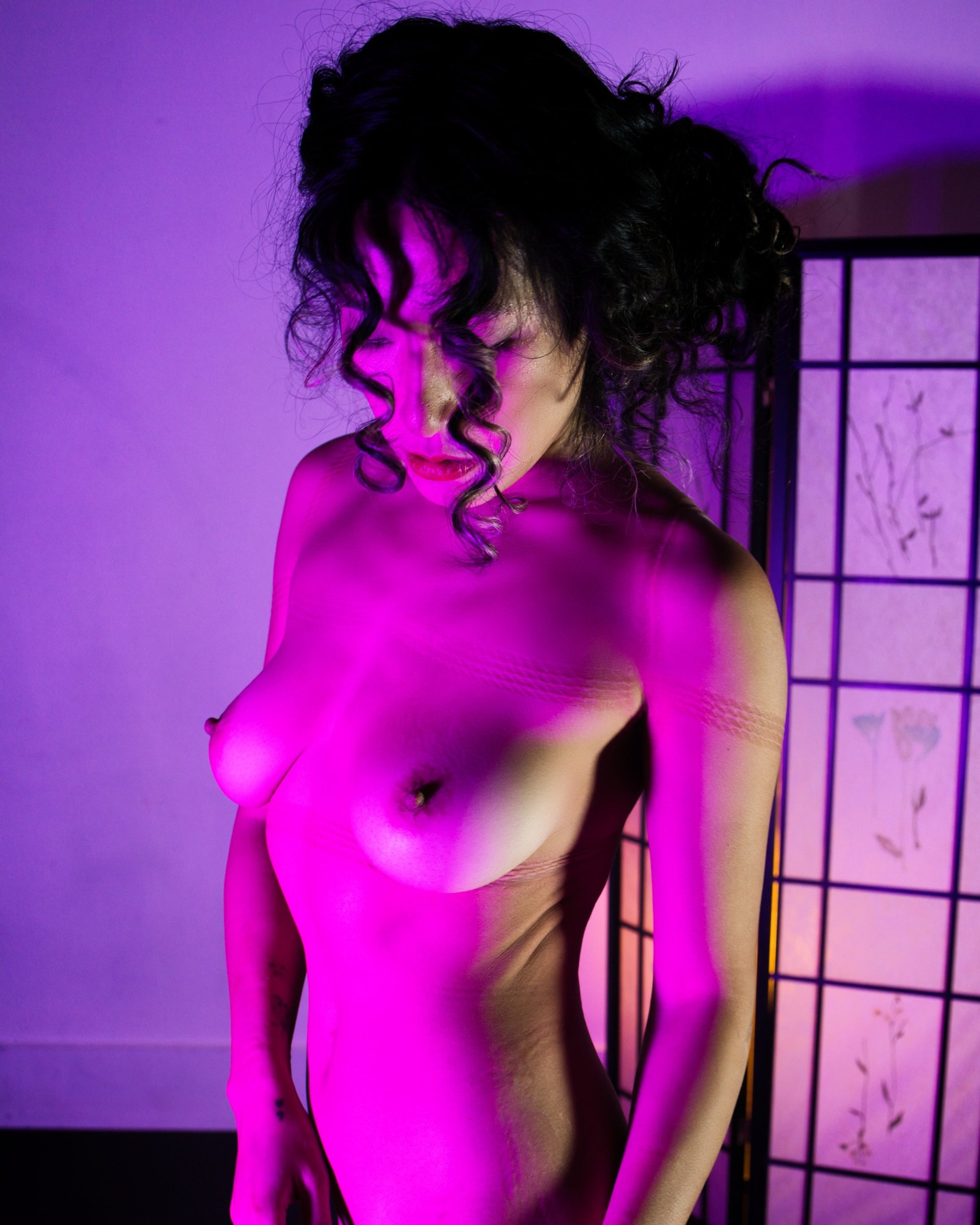
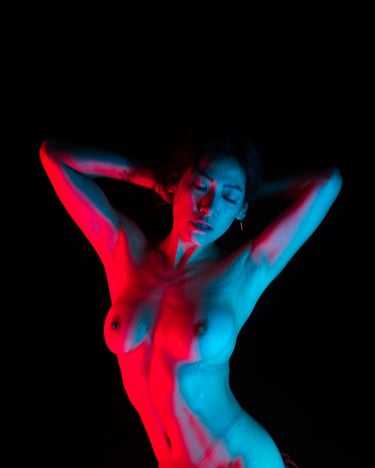
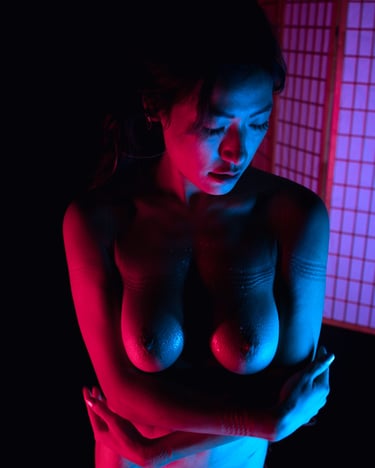
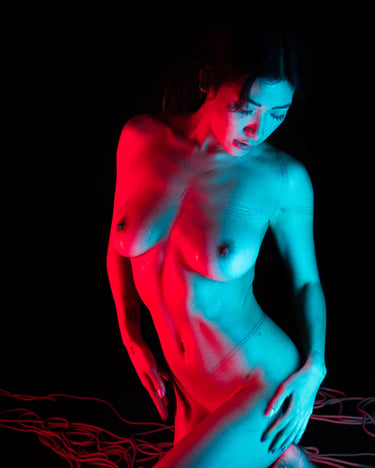
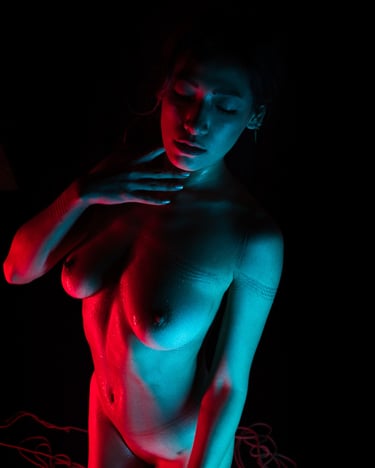
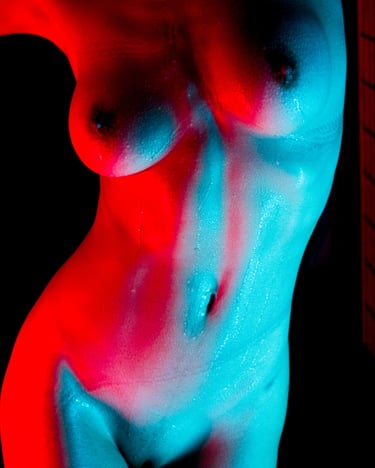
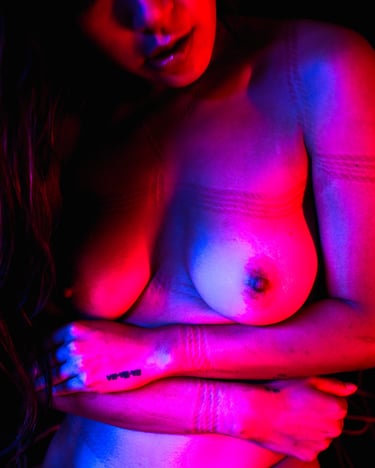
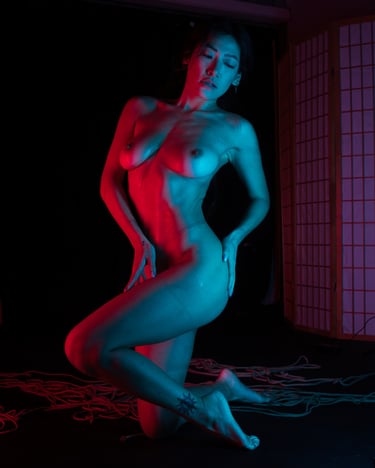
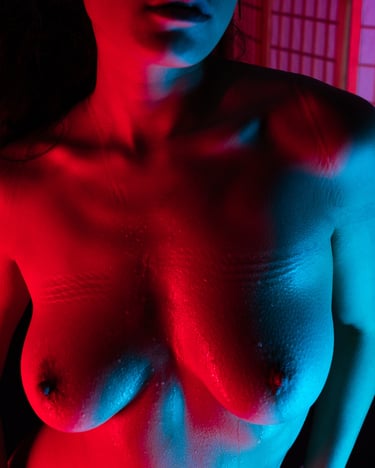
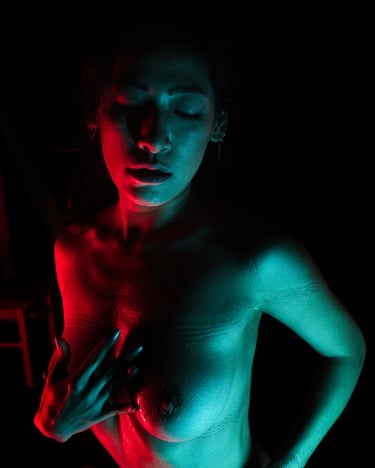
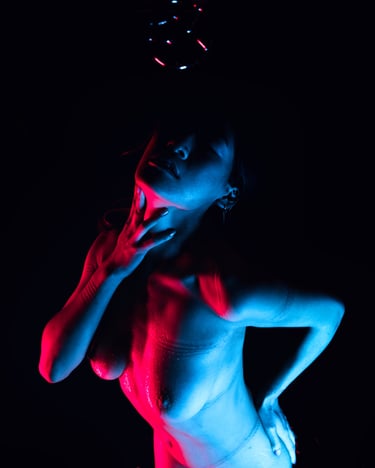
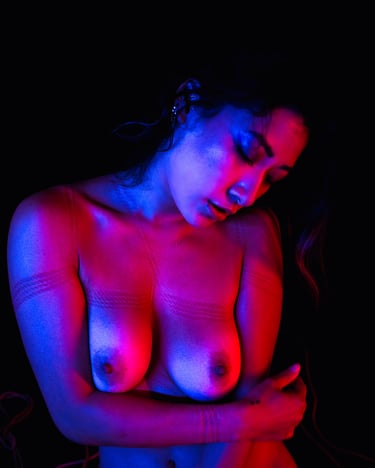
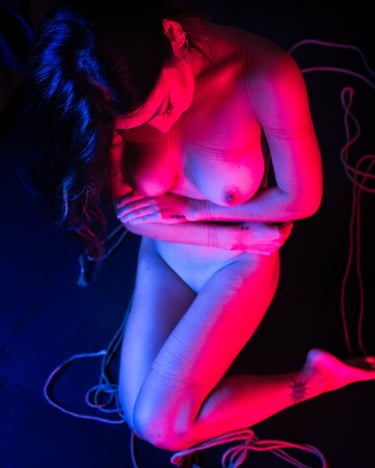
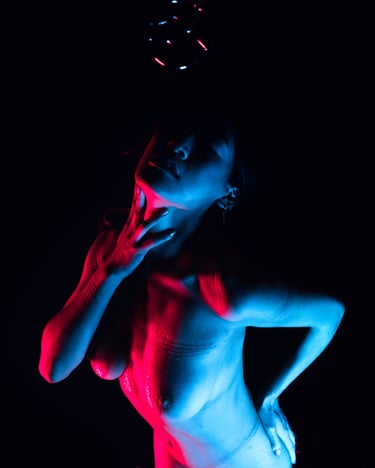
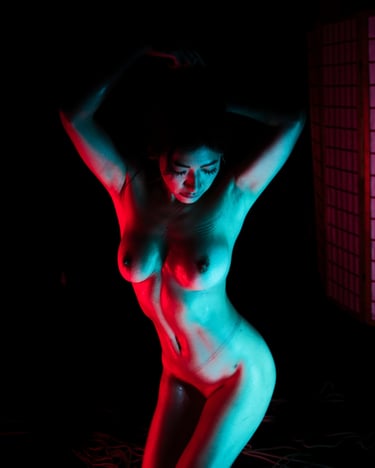
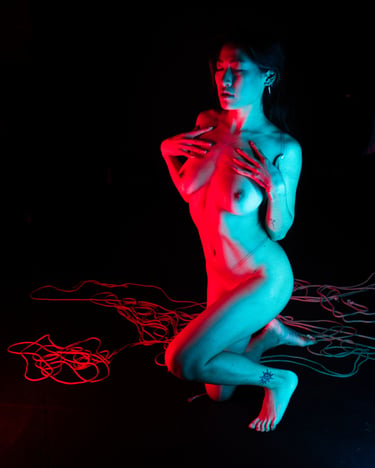
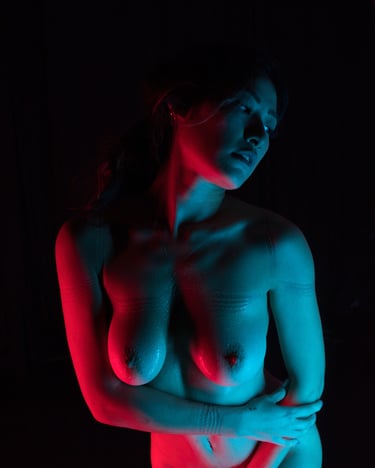
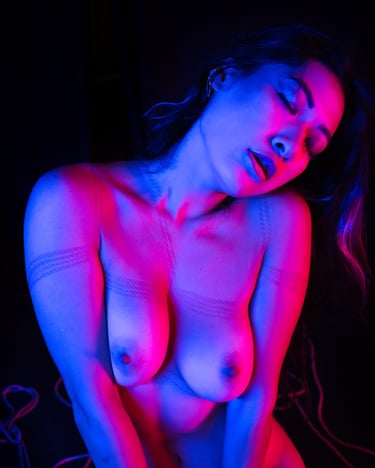

















There is something undeniably haunting and beautiful about rope marks. I see them not as the afterthought of a scene, but as one of its most powerful remnants. Silent, intimate artifacts that are etched into the skin. They are the final imprint of something intensely present, a visual echo of surrender, trust, and sensation. And for the rope model, seeing those marks the next morning is more than just noticing red lines or subtle bruising. It's a visceral, emotional memory made visible.
Photographing rope marks is unlike capturing any other part of the scene. During the tie, the energy is alive and often raw. A dynamic interplay of tension, breath, and intention. But the marks? They are still. They are quiet. And in that quiet, there is a story. For me, the camera doesn’t just document skin. It holds the residue of what was felt. The connection, the resistance and the letting go.
When I lift the lens to photograph those post-scene impressions, I am photographing memory. Not just mine, but mainly hers. Her body holds it. Her skin tells it. There’s a kind of reverence in that moment, where I treat each image not just as an aesthetic composition, but as a piece of emotional evidence. These are not just traces of rope. They are the shadows of vulnerability, of presence, of a shared moment suspended in time.
What makes rope marks so alluring is not just the texture or symmetry (though those can be striking in their own right). It’s the emotional residue they carry. I’ve watched rope models run their fingers over the fresh patterns almost absentmindedly, as if trying to reconnect with the feeling of being held. I've seen the way their breath catches when they catch sight of a mark in the mirror.
For some, the marks are a badge. They mark the transition from being composed to being undone, from surface to depth. For others, they are a kind of erotic bruise. Not painful, but potent. A whisper that says, "You were taken. You were safe. You were seen." They reflect an internal shift as much as a physical one. The moment when control was surrendered, and something deeper was touched. For others, they are a kind of whisper from the night before that says, "You were taken. You were safe. You were seen." They might trace the outline of a harness or the pressure of a suspension line, but what they really carry is a message: You gave yourself, and it mattered. You let someone in, and they handled that gift with care. In that way, the marks become not just memory, but affirmation.
There is an intimacy to photographing marks that is different from photographing the tie itself. The rope is gone. The adrenaline has faded. What remains is what was left behind. And in that space, something quiet and reflective opens up. There is no performance. Only the truth. As a photographer, I chase that feeling. It does not tell just what was done, but what it meant.
I think that’s why these photos are some of the most meaningful. They are not just about bondage. They are about impact. Emotional, physical, spiritual. They are about the stories our bodies hold long after the scene ends. They remind the rope model of what she gave, and remind me of what I was entrusted with. They are a record of vulnerability offered and accepted, of trust that was not only asked for, but honored. Each mark represents a quiet promise that I kept her safe, that I paid attention, that I held her fully in that moment. And when I look at those images later, I see the weight of responsibility, the depth of connection, and the privilege of being allowed into someone’s unguarded self.
So when I photograph rope marks, I do so slowly and respectfully. With a kind of silent gratitude for what they represent. Because long after the ropes are coiled and the scene is done, these marks remain. Fading, yes. But never meaningless.
They are the quiet after. And they deserve to be seen.